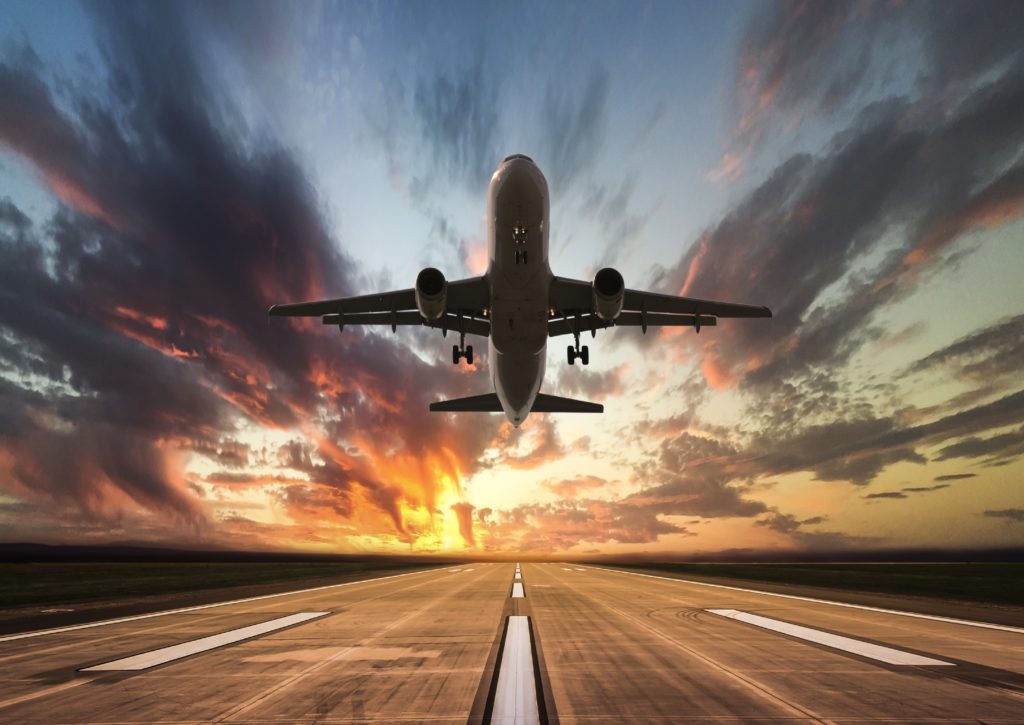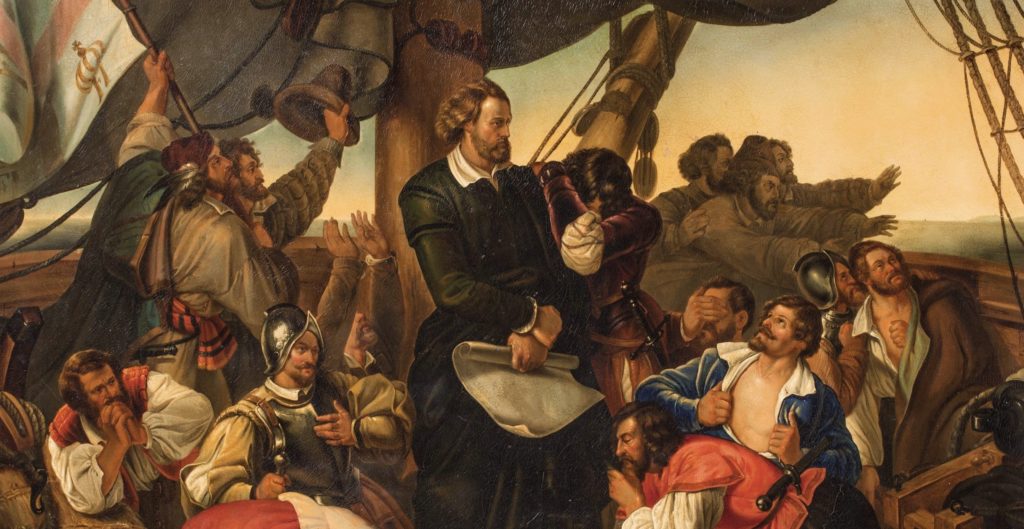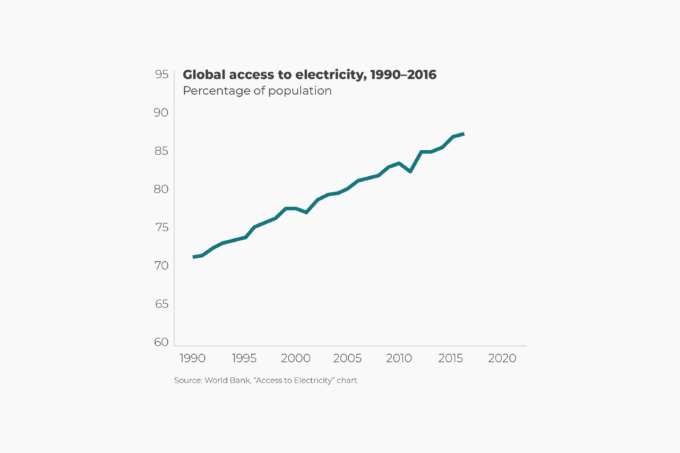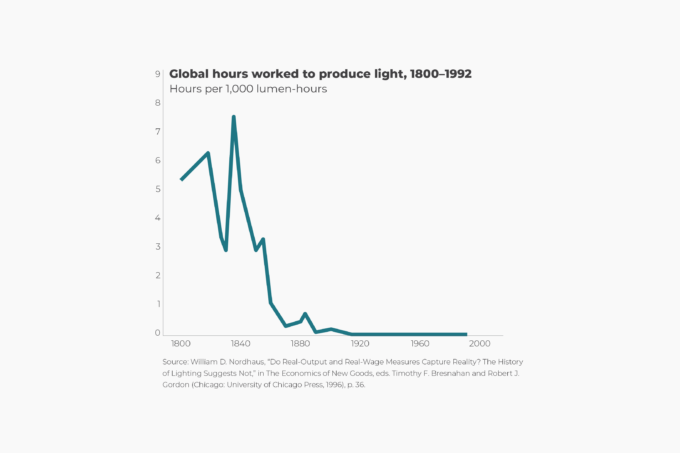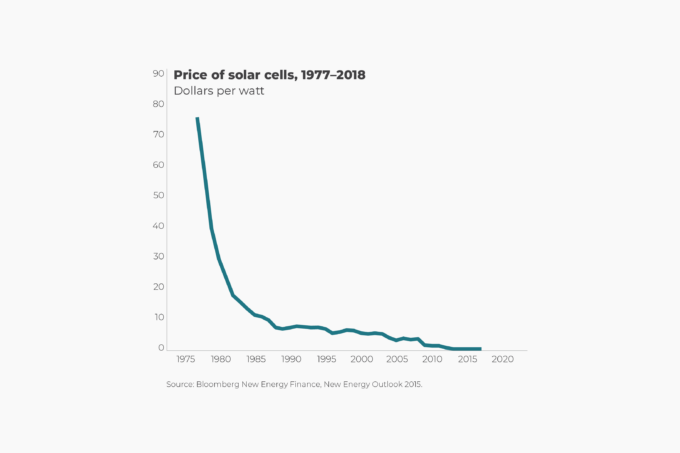As with so much else in the past, traveling was difficult and often dangerous. Roads were rutted, sailing hazardous, and highwaymen and pirates numerous. Most private travel was undertaken for trade or pilgrimages. Travel for pleasure or out of curiosity is a relatively modern phenomenon. It was popularized, at least in the European context, by wealthy young noblemen who, beginning in the 17th century, started to undertake the “grand tour” of European cities, including Paris, Venice, Florence, and Rome, to take in the ancient monuments and works of art.
These educational rites of passage were expensive and time-consuming. Consequently, they were restricted to the rich “gentlemen of leisure.” The cost and convenience of travel dramatically improved with the advent of the steam engine. In the 19th century, trains enabled unprecedented numbers of people to travel within countries, while steamships sped up international travel. Early steamships cut the sailing time from London to New York from about six weeks to about 15 days. By the middle of the 20th century, ocean liners like the SS United States could make the trip in fewer than four days. Today, an airplane can fly between the two cities in eight hours.
According to the World Tourism Organization, 524 million people got to travel to a foreign country in 1995. That number grew to 1.34 billion in 2017. That’s a 156 percent increase. Over the same period, the share of global travel undertaken by residents of high-income countries declined from 72 percent to 61 percent. The share of travelers from upper-middle- income countries, such as Botswana and Mexico, rose from 8.5 percent to 26 percent. Residents of lower-middle- income countries, such as Nigeria and Pakistan, increased their share of global travel from 2.5 percent to 10 percent.
A luxury that was once reserved for a tiny sliver of society is now available to an ever-increasing number of people throughout the world.




